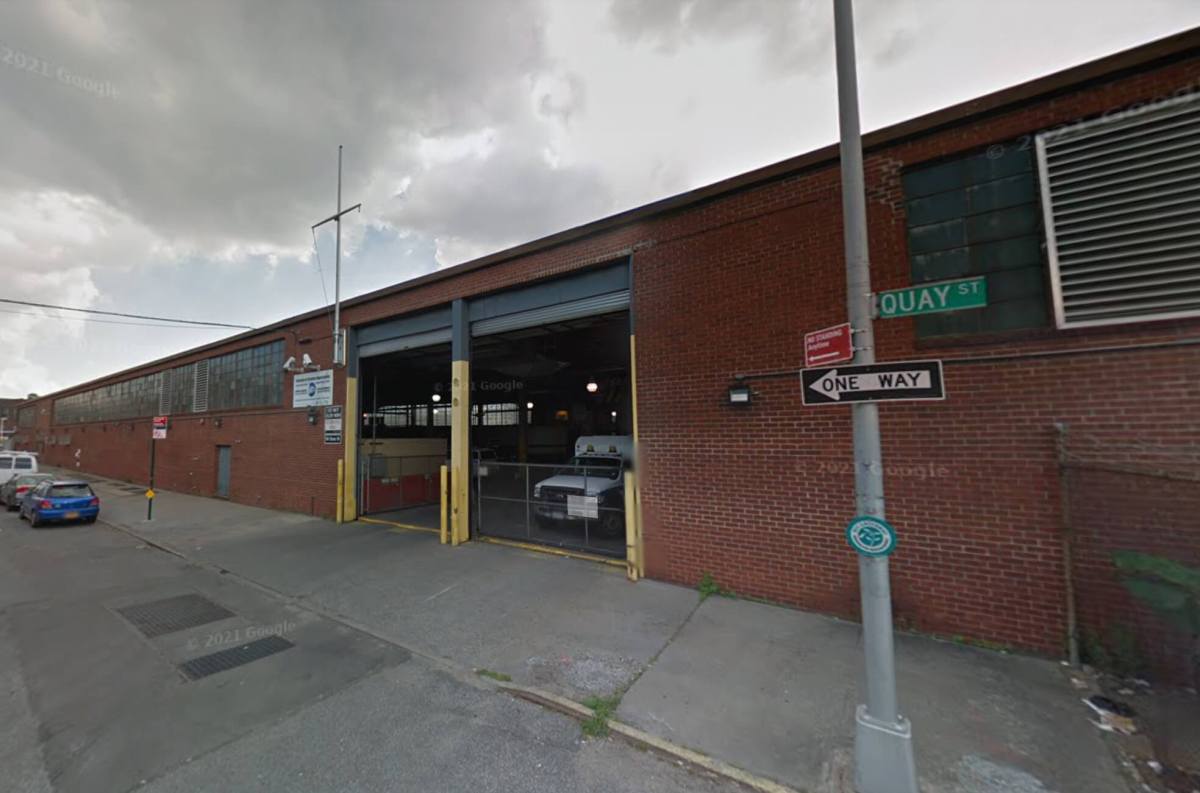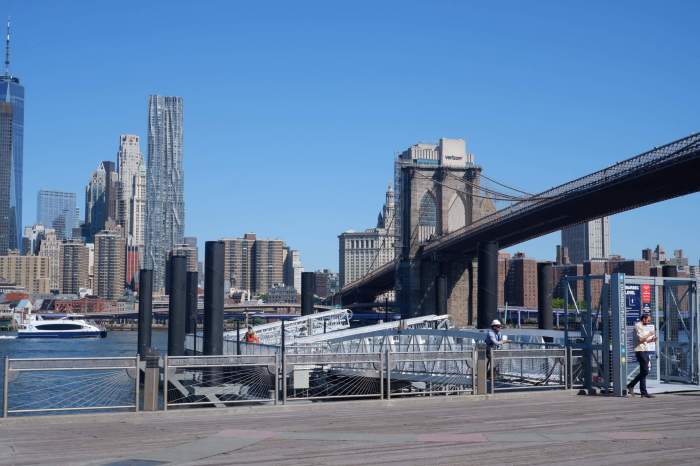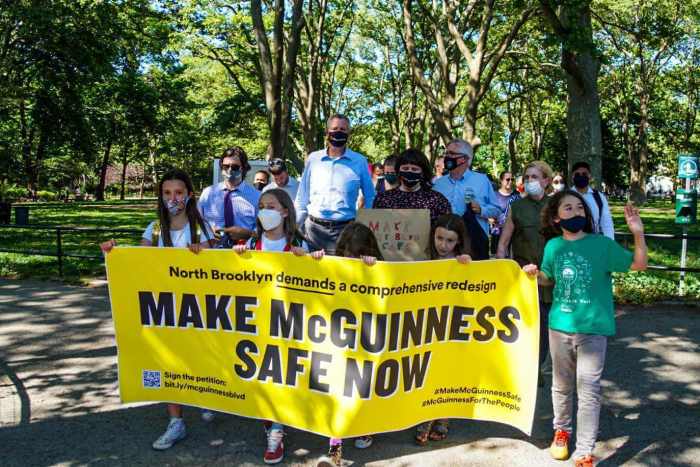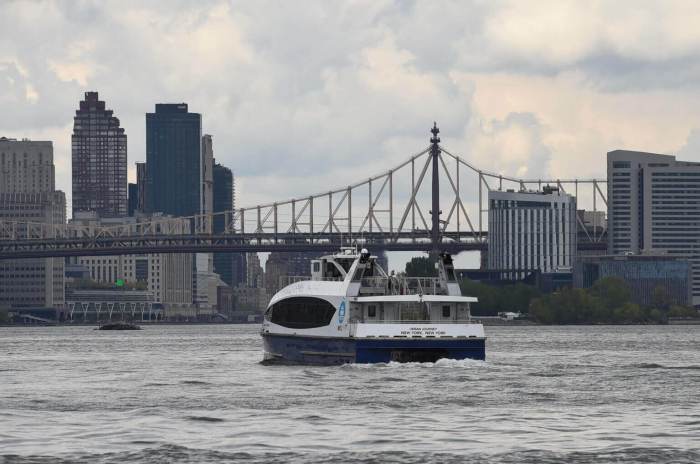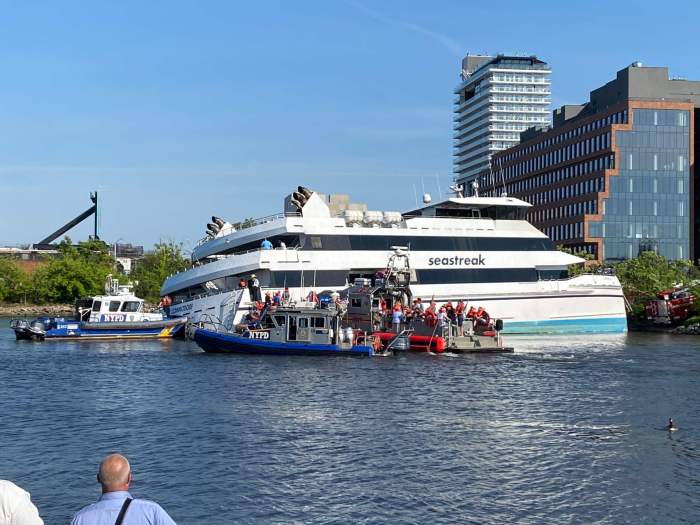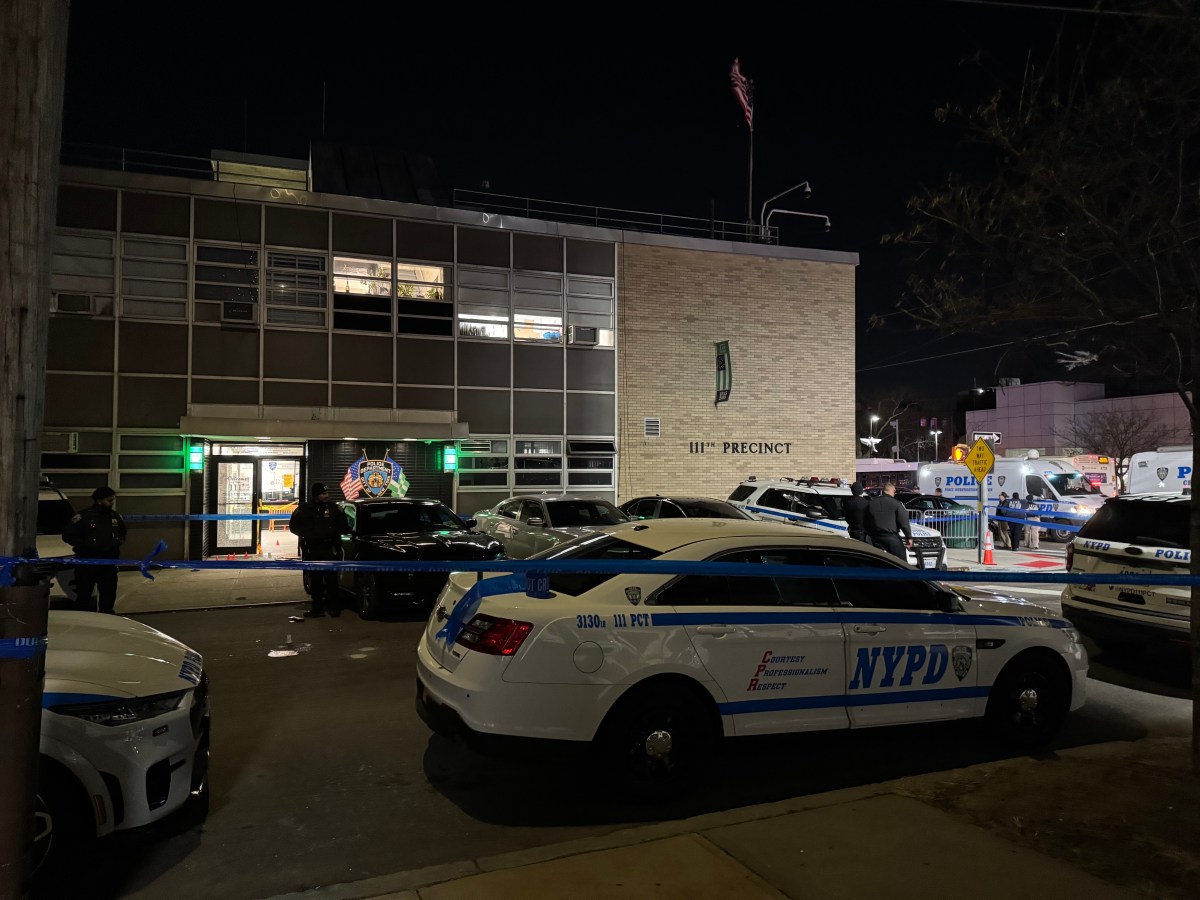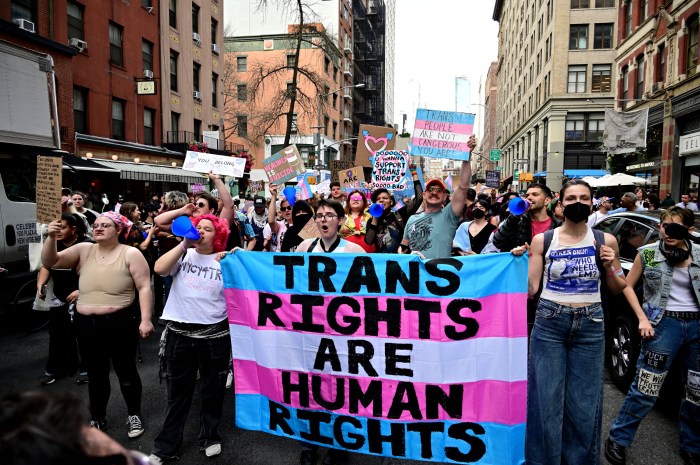The Metropolitan Transportation Authority plans to move ahead with a proposal to lease out a Brooklyn waterfront property to a developer, despite local opposition against turning the garage into a mixed-use tower.
The MTA’s Finance Committee on Monday approved a 99-year lease for the lot at 40 Quay Street in Greenpoint to developer Gotham to construct a residential and commercial building overlooking the East River, while relocating the transit agency’s warehouse at the site to East Williamsburg.
“This is a terrific site we believe, it’s a neighborhood that has totally transformed and our current facility is not really appropriately located at this point,” said Robert Paley, MTA’s director of transit oriented development at the Oct. 18 meeting.
New York City Transit, which operates MTA’s subways and buses, bought the property in 1998 for $2.5 million and houses its mobile wash units there.
MTA launched a public bidding process known as a Request for Proposal in 2019 after officials realized the skyrocketed property values in the area and Gotham came out on top among six responders.
The deal still needs final approval from the full MTA board Wednesday, Oct. 20, and would lease the almost 2 acre property to Gotham, which in turn would construct a new facility for MTA to move its equipment at 208 Varick Avenue.
If approved, Gotham plans to seek a rezoning of the property from the city through its Uniform Land Use Review Procedure, or ULURP, which would allow it to build higher, but would also require the company to set aside some affordable housing and waterfront open space accessible to the public.
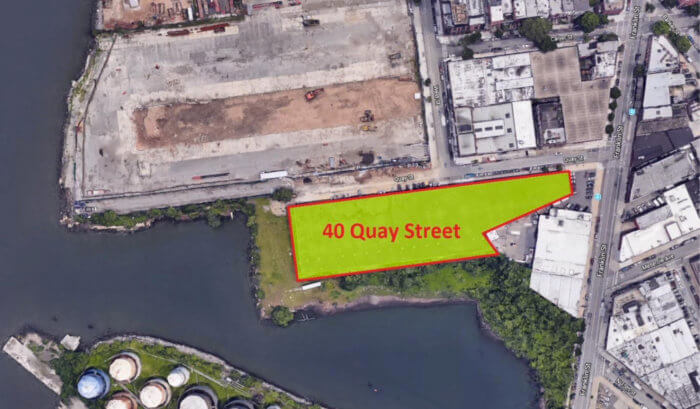
The deal could bring in almost $39 million for the transit agency if the property gets rezoned, $7.1 million if the city denies the rezoning and the developer builds as-of-right, according to MTA documents.
The cash would go to MTA’s $54.8 billion capital plan for projects like installing station elevators and upgrading the subway’s ancient signaling system.
Gotham is also in talks with city and MTA officials to allow space in its Quay Street project for NYCT’s Emergency Response Unit, currently located at the northern tip of Greenpoint on Commercial Street, freeing up space for the Parks Department to finish a new park there, according to the documents.
Local Opposition
Residents in the north Brooklyn neighborhood have fought MTA’s plans to hand off the publicly-owned parcel ever since the RFP’s release two years ago, with lawmakers pushing to turn it into a park instead of in the area underserved by greenspace and where an influx of high-rise development has sprung up over the past decade.
“It’s really insult to injury that the MTA is entertaining development that would be a really awful encroachment on the park and just really poor resiliency design,” said Steve Chesler, co-founder of the park advocacy group Friends of Bushwick Inlet Park.
The proposed development would be in a flood zone and surrounded by the years-delayed Bushwick Inlet Park, the Greenpoint resident noted.
“From a resiliency standpoint it would just make more sense to have some sort of natural defense there rather than building something that faces an existential threat of flooding on a regular basis,” he said.
The project has also faced opposition by local Community Board 1 and Assemblymember Emily Gallagher, both of who penned letters to former Governor Andrew Cuomo and then-MTA chief Pat Foye in recent years asking them to pull the scheme, citing the heavy development in north Brooklyn and the relative lack of park space compared to other parts of the city.
Brooklyn Community District 1, which includes Greenpoint and Williamsburg, ranks 48th out of 59 for the area of parkland relative to residents, with 0.6 park acres for every 1,000 people, Gallagher noted in her missive.
Luxury towers have been springing up all along the north Brooklyn waterfront since the city rezoned the area in 2005, and CD1 has added more housing units than any other district in the city between 2010-2020, according to a study by the Department of Planning.
“This narrow, ecologically-sensitive strip of publicly-owned land on Bushwick Inlet should be added to the long-promised park,” wrote Gallagher in a statement Tuesday. “Mass transit’s long-term funding needs will be met by congestion pricing, federal and state investment, and robust ridership, not short-sighted real estate deals that undermine years of community work.”
Gotham did not respond to a request for comment.



